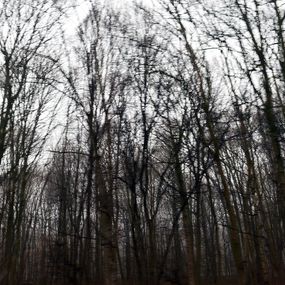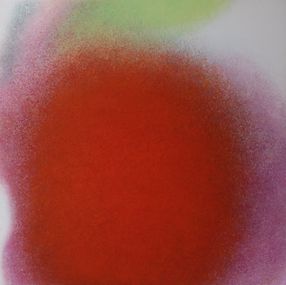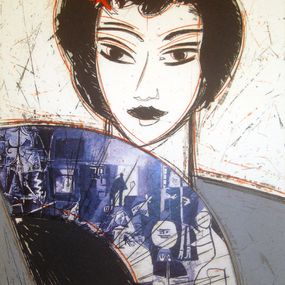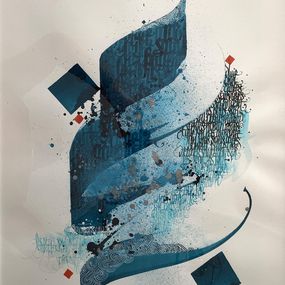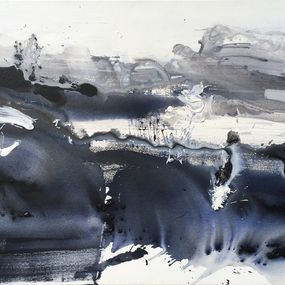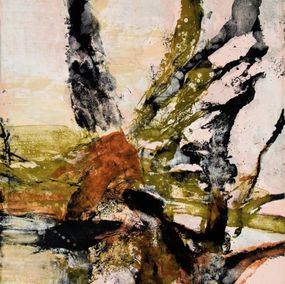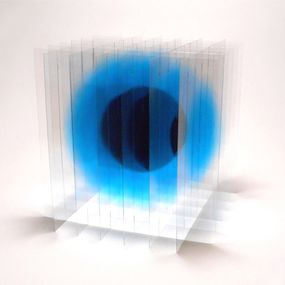

South Korea
• 1940
93 followers
Renowned artist born in South Korea in 1940, known for his unique blend of Western and Eastern influences in his abstract paintings.
Biography
Born in South Korea in 1940 during the Japanese occupation, Kim En Joong will know the two Korean wars, communism, and hardships. His father, a calligrapher, will raise his eight children in the Taoist tradition.
In 1956, his decisive meeting with a calligraphy teacher will push him towards graphic arts; he will study at the Beaux-Arts School of Seoul, and follow French lessons given by the foreign mission. Quickly, he chooses to study occidental painting and gets interested in impressionism, cubism and abstract art.
Then Kim fulfils his dream and goes to Switzerland to study history of Art, then theology and metaphysics. His meeting with the Dominicans reinforce his vocation and on the 4th of August 1979, Kim En Joong puts on for the first time the white outfit of the Friar Preachers, his priestly ordination would take place four years later. He was assigned to the Annunciation Covent in Paris, that will become and his always, his community life and artist place.
He already had been exhibited in Seoul during his studies at the Beaux-Arts School, but in 1973 it is the first time his white and black works of art are exhibited at the Massol Gallery in Paris. Years after years he manages to combine both of his vocations encouraged by the Friar Preachers and the art critics. He is known as the "White painter" or "The painter of light".
In 1980, the future seems brighter: Kim's path crosses the boarders of the Hexagon: The Pauli Gallery in Lausanne, Mée in Seoul, Artes in Oslo, Kutter in Luxemburg, Hannan Feldmann in Bern, Guillaume Daeppen in Frankfurt welcome the man in white.
Then the artist gives up acrylic painting for oil painting, and creates large formats where the whites are reduced, and colors delicately assert themselves.
Read more
In 1956, his decisive meeting with a calligraphy teacher will push him towards graphic arts; he will study at the Beaux-Arts School of Seoul, and follow French lessons given by the foreign mission. Quickly, he chooses to study occidental painting and gets interested in impressionism, cubism and abstract art.
Then Kim fulfils his dream and goes to Switzerland to study history of Art, then theology and metaphysics. His meeting with the Dominicans reinforce his vocation and on the 4th of August 1979, Kim En Joong puts on for the first time the white outfit of the Friar Preachers, his priestly ordination would take place four years later. He was assigned to the Annunciation Covent in Paris, that will become and his always, his community life and artist place.
He already had been exhibited in Seoul during his studies at the Beaux-Arts School, but in 1973 it is the first time his white and black works of art are exhibited at the Massol Gallery in Paris. Years after years he manages to combine both of his vocations encouraged by the Friar Preachers and the art critics. He is known as the "White painter" or "The painter of light".
In 1980, the future seems brighter: Kim's path crosses the boarders of the Hexagon: The Pauli Gallery in Lausanne, Mée in Seoul, Artes in Oslo, Kutter in Luxemburg, Hannan Feldmann in Bern, Guillaume Daeppen in Frankfurt welcome the man in white.
Then the artist gives up acrylic painting for oil painting, and creates large formats where the whites are reduced, and colors delicately assert themselves.
Nationality
Categories
Artistic movements
Themes


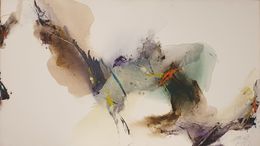
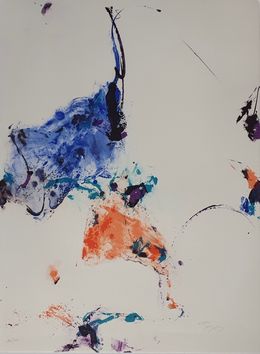
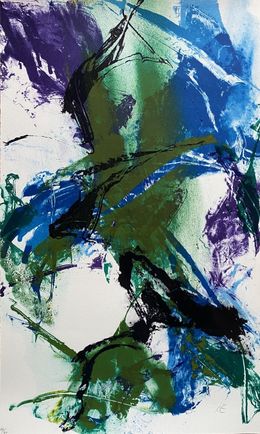
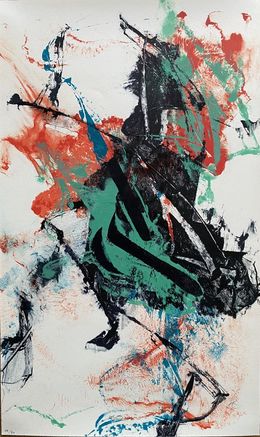
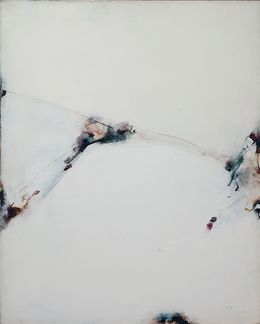

View of Fribourg, Switzerland with the Saint-Nicolas cathedral
Kim En Joong
Painting - 23.6 x 31.5 x 1.2 inch
$12,137
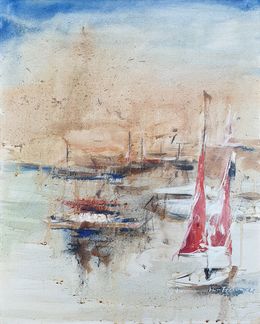
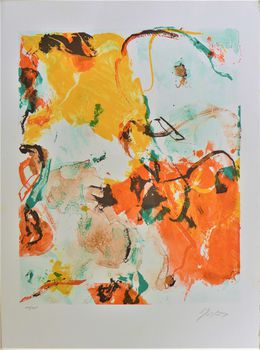
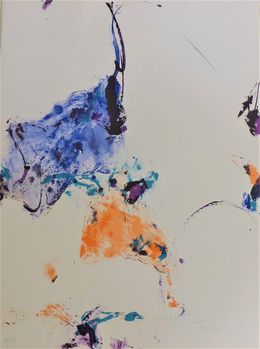
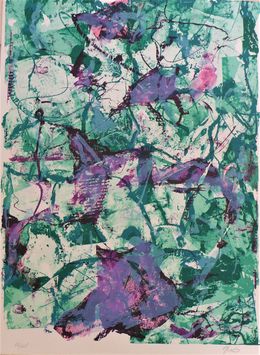
Discover the movements linked to Kim En Joong
Discover similar artists
Discover our selections of works by artists
Need help finding your favorite? Consult our selection pages made for you.
Need to know more?
What are their 3 main works?
What is Kim En Joong’s artistic movement?
The artistic movements of the artists are: Emerging Asian Artists, Abstract Japanese Art
When was Kim En Joong born?
The year of birth of the artist is: 1940
